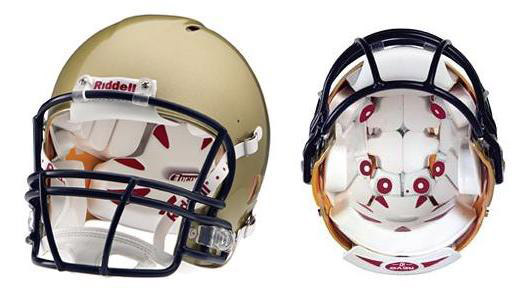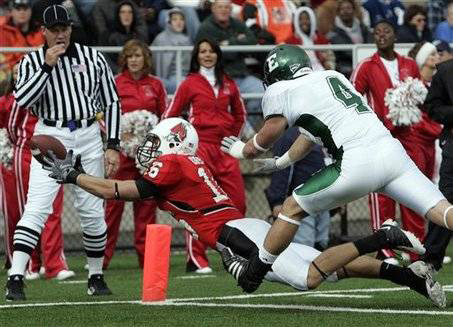Engineers Help Detect Football Injuries

This week the New York Times brought to light an alarming issue that has been plaguing the NFL: the number of concussions that players are receiving. Two weeks ago, San Francisco 49ers safety Michael Lewis suffered his third concussion of the season, in only the fifth game of the season. And on Monday, Philadelphia Eagles’ Running Back Brian Westbrook suffered a major concussion. To better protect players’ health, Riddell created the Revolution helmet, which reduces the risk of concussions. Each helmet is equipped with six sensors around the crown of the helmet and those sensors feel the G-forces of hits that the player sustains to the head on any given play. If the hit is hard enough to cause a concussion, an alert is sent to a transmitter on the back of the helmet, which then sends a message to the sideline computer. Even though these helmets won’t prevent concussions, it makes the sideline personnel more aware of potential problems, as it is estimated that 85 percent of concussions suffered by football players are not detected.

Another way in which engineers can positively impact football is to help officials make close calls. While instant replay cameras are frequently beneficial to referees, sometimes the cameras don’t produce a clear image. The solution, says an electrical and computer engineering professor at Carnegie Mellon, is embedded sensors. Footballs stuffed with GPS receivers and accelerometers can track the location, speed, and trajectory of the balls, which would result in more accurate play-calling. And if the sensors are embedded into gloves, shoes, and pads, the technology could determine if a carrier actually crossed the goal line, if a receiver had full control of the ball, and who has the ball in a pileup.

Filed under: Biomedical, Computer, e-News, Electrical
Tags: Computer, Sports, Technology








